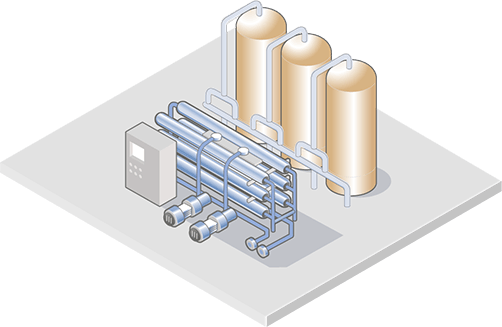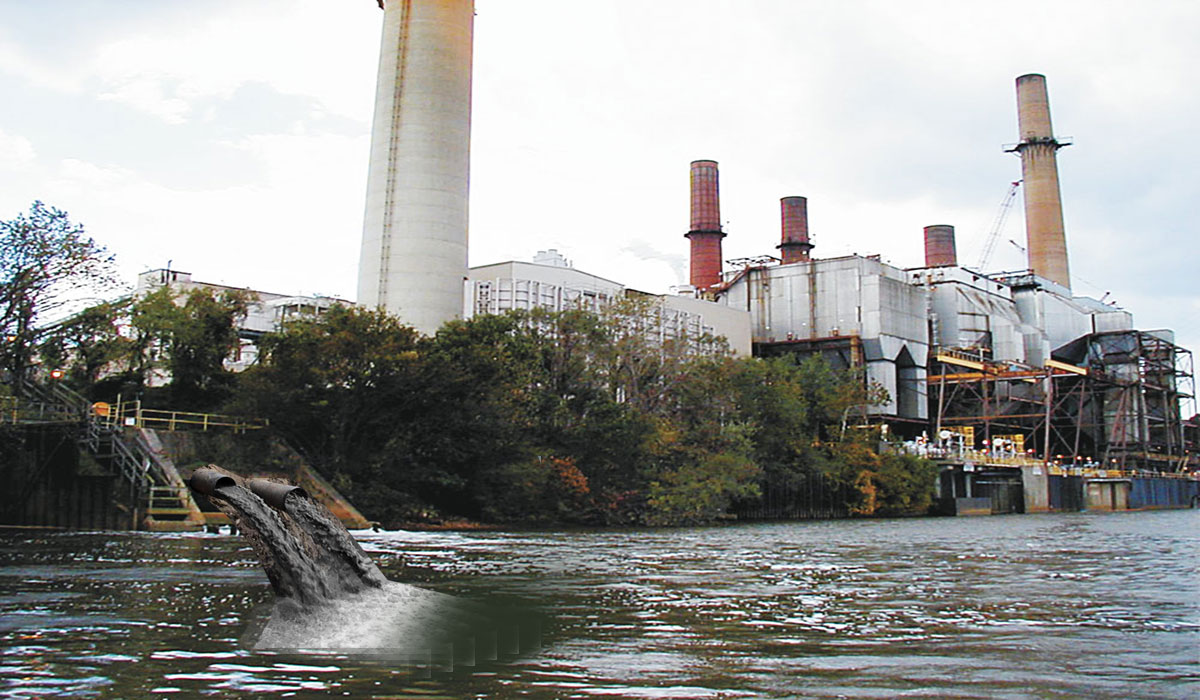Industrial Waste Water Treatment-- Eco-Friendly Solutions for Water Recycling
Industrial Waste Water Treatment-- Eco-Friendly Solutions for Water Recycling
Blog Article
Challenges and Solutions in Industrial Waste Water Therapy
The therapy of industrial wastewater provides a diverse selection of challenges, ranging from rigid governing compliance to the details of cost management and technological constraints. The irregularity in waste make-up further complicates the efficiency of typical therapy methods, frequently leading to intensified functional expenses. Emerging solutions such as advanced oxidation processes and innovative funding versions reveal assurance in resolving these concerns. As sectors face the requirement for sustainable methods, the question remains: what strategies will ultimately lead to an equilibrium in between conformity, cost-efficiency, and environmental responsibility?
Regulatory Conformity Difficulties
How can commercial facilities browse the complicated landscape of regulatory conformity in wastewater treatment? The governing structure governing wastewater monitoring is diverse, often differing by jurisdiction and sort of industry. Facilities has to abide by government, state, and regional laws that dictate effluent top quality requirements, discharge limits, and tracking needs. Failing to abide can lead to extreme penalties, consisting of fines and operational closures.
To effectively handle these conformity challenges, facilities need to implement robust surveillance and reporting systems that ensure real-time data collection and evaluation. Normal audits and risk assessments can determine possible conformity spaces, enabling aggressive adjustments in treatment procedures. Staff member training programs concentrating on regulatory knowledge and finest methods are vital to foster a culture of compliance within the organization.
In addition, engaging with governing agencies can supply valuable understandings and clarify uncertain laws. Facilities may additionally take advantage of speaking with ecological experts that concentrate on wastewater treatment conformity, ensuring that they stay informed of developing guidelines. By taking on these techniques, commercial centers can not only satisfy conformity needs but likewise boost their functional efficiency and environmental stewardship.
Expense and Financial Obstacles
Navigating regulative conformity in wastewater therapy often presents considerable monetary obstacles for commercial facilities. The costs connected with carrying out essential therapy technologies, maintaining compliance with strict guidelines, and taking care of functional expenditures can be daunting. Numerous organizations deal with high preliminary capital investment for the building and construction or updating of wastewater therapy plants, which may strain budgets, especially for little and medium-sized business.
Moreover, recurring functional expenses, including labor, chemical, and maintenance inputs, add to the monetary concern. The unpredictability of varying energy prices and the possible demand for extra investments to meet evolving regulations aggravate these financial pressures. Oftentimes, the absence of monetary rewards or support from federal government bodies makes it a lot more challenging for organizations to validate financial investments in innovative treatment systems.
Additionally, the financial feasibility of wastewater treatment remedies is usually examined, particularly for sectors with tight profit margins. Consequently, it is important for industrial centers to check out cost-effective approaches, such as embracing innovative funding options, taking part in partnerships, and leveraging arising innovations that can aid alleviate these economic barriers while ensuring conformity with environmental criteria.

Technical Limitations
Countless technical restrictions impede the effectiveness of commercial wastewater therapy processes. One significant difficulty is the inadequacy of existing treatment technologies to resolve intricate impurities. Lots of traditional methods, such as activated sludge and chemical rainfall, struggle with the elimination of arising pollutants, consisting of pharmaceuticals and microplastics. This constraint typically results in the discharge of improperly treated water, which can have harmful ecological effects.
Furthermore, the scalability of therapy innovations poses a difficulty. While some innovative techniques, like membrane layer filtration or sophisticated oxidation, reveal guarantee in regulated environments, their application on a bigger scale can be practically challenging and excessively costly. Upkeep and operational complexities further make complex the adoption of these systems, especially for smaller sized industries with minimal technological proficiency.
The combination of real-time tracking technologies likewise continues to be insufficient in numerous treatment centers. Without reliable monitoring systems, operators can not effectively assess treatment efficiency or discover possible failings, bring about irregular effluent quality. Consequently, attending to these technical restrictions with r & d, along with financial investment in cutting-edge remedies, is crucial for enhancing the efficacy of industrial wastewater therapy and ensuring governing conformity. Industrial Waste Water Treatment.
Irregularity in Waste Structure
In the realm of commercial wastewater therapy, the variability in waste composition offers an awesome difficulty. Industries generate wastewater with diverse characteristics, affected by aspects such as production procedures, resources, and operational techniques. This diversification complicates the therapy procedure, as conventional systems often battle to successfully deal with the wide variety of contaminants present.
For example, wastewater from food processing might consist of high degrees of raw material, while effluents from chemical manufacturing can include heavy steels and dangerous materials. This variation demands adaptable therapy techniques to ensure conformity with ecological guidelines and protect public health and wellness. Additionally, changes in waste composition can happen over time, influenced by adjustments in production routines, upkeep activities, or the intro of brand-new products.

Cutting-edge Treatment Solutions
Ingenious treatment options are important for resolving the complexities of commercial wastewater management. Standard approaches typically drop short in successfully removing a vast array of contaminants, especially in centers with diverse effluent streams. Recent innovations concentrate on integrating sophisticated technologies to improve therapy performance and sustainability.
One promising method is making use of advanced oxidation processes (AOPs), which take advantage of effective oxidants to weaken organic contaminants. AOPs, consisting of photocatalysis and ozonation, can significantly decrease hazardous materials and boost effluent quality. Furthermore, membrane layer bioreactor (MBR) technology has acquired traction, integrating organic therapy with membrane layer purification, causing high-quality effluent and decreased footprint.
One more ingenious option is the execution of resource recovery systems. Strategies like anaerobic digestion not only treat wastewater but also produce biogas, which can be harnessed as a renewable my blog resource source. The adoption of artificial knowledge and equipment discovering designs can optimize treatment procedures by forecasting variations in wastewater composition, thereby boosting functional efficiency.
These innovative remedies not only address regulatory conformity however also advertise environmental sustainability, leading the way for an extra reliable and durable commercial ecological community.
Final Thought
In conclusion, dealing with the obstacles of commercial wastewater treatment needs a diverse strategy that integrates regulative conformity, cost management, and technological innovations. A dedication to continuous improvement in treatment methods will inevitably add to the reliable internet monitoring of industrial wastewater and environmental security.
The treatment of industrial wastewater provides a diverse variety of obstacles, varying from rigorous governing conformity to the details of cost management and technological limitations. Industrial Waste Water Treatment.Navigating regulatory compliance in wastewater therapy frequently presents significant financial challenges for industrial centers. Dealing with these technical limitations with study and advancement, together with investment in innovative solutions, is crucial for boosting the efficiency of industrial wastewater treatment and ensuring governing compliance
Wastewater treatment centers need to invest in robust surveillance systems and versatile treatment modern technologies qualified of fitting varying influent features.In final thought, dealing with the obstacles of commercial wastewater treatment calls for a diverse approach that incorporates regulative conformity, expense management, and technical developments.
Report this page